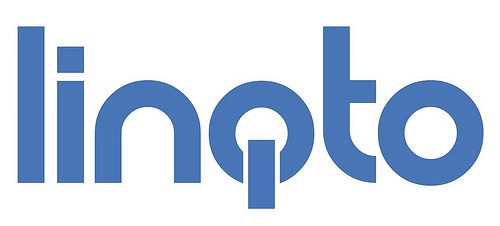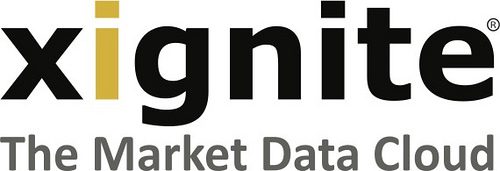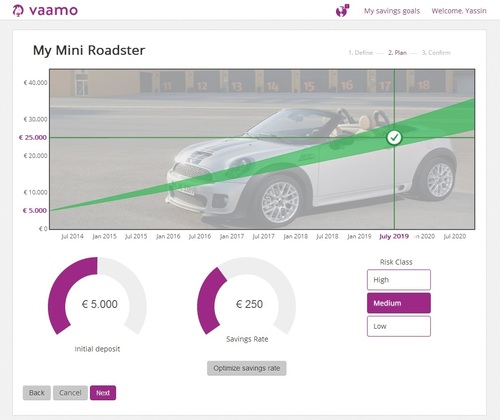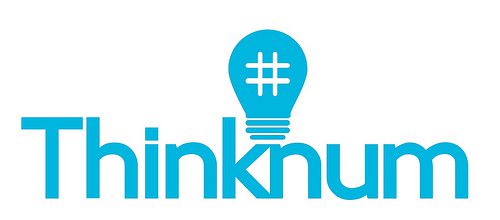There were 10 fundings greater than $7 million including two Finovate alums, Flint Mobile ($9.4 million) and D3 Banking, formerly Lodo Software ($7 million).
Tags: Payments, mobile, ecommerce, marketing, shopping, enterprise, New York City
Source:
Crunchbase
Cloud-based mass payment service
Latest round: $13 million
Total raised: $13 million
Tags: Payments, SMB, Agoura Hills, California
Alt-financing for the construction industry
Latest round: $12.5 million
Total raised: $12.5 million
Tags: SMB, lending, credit, alt-finance, Scottsdale, Arizona
Platform to power P2P/direct lenders
Latest round: $12 million
Total raised: $17.4 million
Tags: P2P lending, crowdfunding, platform, direct lending, investing, New York City
Subscription billing management services
Latest round: $12 million
Total raised: $19.6 million
Tags: Billpay, invoicing, payments, San Francisco, California
Consumer debt management
Latest round: $12 million
Total raised: $24.8 million
Tags: Debt, lending, PFM, Cost Mesa, California
Mobile and online payments
Latest round: $9.4 million
Total raised: $20.4 million
Tags: mPay, digital payments, Redwood City, California, Finovate alum
Bringing private equity investing to smaller investors
Latest round: $9.3 million
Total raised: $9.3 million
Tags: Alt-finance, SMB, lending, credit, PE, investing, New York City
Digital banking & personal finance platform
Latest round: $7 million
Total raised: $12.1 million
Tags: PFM, online, mobile banking, Omaha, Nebraska, Finovate alum
Fraud detection in financial services and ecommerce
Latest round: $4.5 million
Total raised: $4.5 million
Tags: Fraud, security, San Mateo, California
Fraud detection technology for banks and credit unions
Latest round: $3.5 million
Total raised: $3.5 millon
Tags: Fraud, security, Wethersfield, Connecticut
Fundraising and payments platform
Latest round: $3.5 million
Total raised: $3.5 million
Tags: Payments, non-profits, fundraising, Dallas, Texas
UK-based near-bank
Latest round: $3.2 million
Total raised: $6.4 million
Tags: Alt-banking, PFM, personal finance, UK
Cloud billing provider
Latest round: $1 million
Total raised: $1 million
Tags: Billpay, payments, SMB, invoicing, Annapolis, Maryland
Equity management platform
Latest round: $1 million
Total raised: $1 million
Tags: SMB, cap table, stock options, Sandy, Utah
SparkProfit trading simulator
Latest round: $600,000
Total raised: $600,000
Tags: Investing, asset management, trading, data analytics, London, UK, Finovate alum
Japanese cloud invoice management
Latest round: $650,000
T
otal raised: $1 million
Tags: SMB, accounting, billpay, payments, Japan
Bitcoin payment gateway
Latest round: Undisclosed
Total raised: $2.1 million
Tags: Cryptocurrenices, ecommerce, Singapore
Real-estate marketplace
Latest round: Undisclosed
Total raised: Unkown
Tags: Homebuying, mortgage, New York City
Ripple platform in London
Latest round: Undisclosed
Total raised: Unknown
Tags: Cryptocurrencies, London, UK
Chinese personal finance site
Latest round: Undisclosed
Total raised: Unknown
Tags: PFM, personal finance, investing, Bejing, China
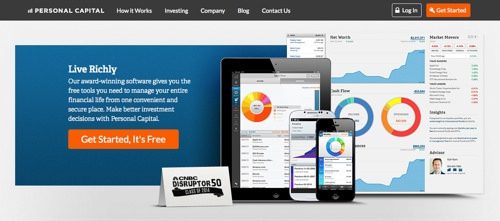




 Small Business Computing
Small Business Computing 